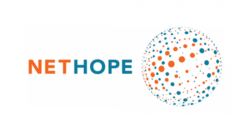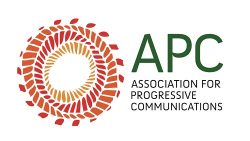The implications of this bottleneck have become more profound during the global pandemic crisis, as people increasingly depend on the Internet for remote work, education, and for social connection in a time of physical isolation. Despite the extensive deployment of terrestrial fibre optic infrastructure throughout the continent, much of the potential capacity of these networks remains underutilised.
This sixth webinar of the African Internet Resilience series was organized by the African Union Commission (AU), the Internet Society (ISOC) and NetHope in collaboration with the African Telecommunications Union (ATU), the Association for Progressive Communications (APC), and Mozilla. It explored developments in fibre optic infrastructure development to date and how fibre optic infrastructure needs to evolve in order to accelerate the growth of affordable broadband on the continent.
Questions to be explored in the webinar include:
- How can the utilisation of existing fibre optic backbone networks be increased?
- What kinds of fibre optic network ownership models are proving successful in stimulating broadband uptake?
- What is Open Access and do Open Access policies make a difference in stimulating uptake of fibre broadband?
- What is the role of wholesale access networks in stimulating competition?
- What is the role of the state at the national, provincial/state, and municipal level in stimulating fibre optic backbone development?
- How can infrastructure gaps best be identified and addressed?
- What design and planning considerations are important to ensure that fibre optic network deployments support the growth and development of other, key infrastructure such as Internet Exchange Points (IXPs) and data centres?
- What are some of the main barriers to its successful implementation? How can they be overcome?
You can watch the recording of the session on these channels:
This session was archived at the Internet Archive in both French and English.











